Eating greens was once a common part of diets around the world. The peasant tradition of eating greens in Europe is vast and varied, and once upon a time in earlier America, eating greens was pretty important, too. But like the same story that has befallen many a worthy vegetable, “greens” got associated with low-class living, and those trying to climb the social or economic ladder, began turning up their noses to good food so they could feast on less nutritious “high class” fare.

Collard greens, along with many other greens, are one of those plants that has largely fallen by the wayside in modern cooking. Though I sometimes saw frozen, chopped collards being sold at the grocery store, I didn’t know anyone who actually grew them, and I was considered “adventurous” when I ordered them from the only southern-themed restaurant in my childhood hometown. Even then, the greens that were served up had been boiled into a gray-green lump of sogginess that seemed to apologize for existing.
I know better now, and I want to help you know better. My childhood days are far behind me, and so is my ignorance about collard greens. This plant has become one of my most dependable, most harvested, most appreciated garden greats, and I wish more people grew them, ate them, and saved their seeds.
If you’d like to learn more, here’s my take on how to grow a wonderful vegetable: collard greens.
What Are Collard Greens?

Collard greens are a cool weather-loving, kale-like green that grow thick, luscious leaves for your eating pleasure. These greens are from the same genetic lines as cabbage, kale, and broccoli, having been domesticated from the wild cabbage (Brassica oleracea). The plant can grow huge leaves that don’t really toughen with size, and due to the fact that it doesn’t form a head (with heading and cabbage collards being a loose-head exception), it’s far more tolerant of heat and humidity than its head-forming cabbage-y cousins.
I personally love collard greens because they grow and flourish in the rather unfriendly climate of my hot Ozark hill. I’ve never been able to grow a cabbage head worth anything, but I can grow collards.
These heat-loving plants are probably most strongly associated with the American South both past and present, but they also have a centuries-long history in East Africa, Zimbabwe, Southern and Eastern Europe, Brazil and Portugal, and the Kashmir Valley of the Indian subcontinent.
They can be eaten raw (like kale), and are sometimes used as grain-free “wraps” for “sandwiches” (the loosest usage of that word being in play here), but they are most often cooked.
Growing Collard Greens From Seed
Since they’re botanically the same species of plant as kale and cabbage, you can get collard seeds in the same sort of ground as you would for those cousins — moist, well-draining soil with high fertility. Lots of nitrogen isn’t a problem with leaf crops like it is with fruiting crops (as you may already know). It encourages bigger leaves and less flowering. I like to use lots of composted chicken bedding in my collard patches.
And as for timing of planting, collards can go in the ground in early spring or early fall. They like to sprout in cooler weather, if at all possible. That said, they will thrive in higher heat that makes their kale and cabbage cousins downright uncomfortable.

I personally don’t do a fall planting of collards. Our fall is often too hot and dry for direct-sowing anything. Instead, I seriously mulch my spring-planted collards to get them through the 100-plus degree heat waves that hit the Ozarks in the summer. They’re not a fan of that degree of heat … but honestly, what plant is? They struggle for a few months, but as soon as the temperatures relent, they start growing again with an admirable fervor for the rest of the fall and early winter.
In terms of pests, collards are largely problem-free until the summer hits. Then, the one I have the most trouble with is the cross-striped cabbage worm (see sad photo below). Anything that would pester your cabbage or kale will feast on your collards with the same abandon. Strangely (though don’t quote me on this), I’ve never yet had rabbits hurt my collard plants, though I always expect them to.

Harvesting and Cooking Collard Greens
Harvesting collards is easy. Once they look big enough to eat, eat them. I never harvest a whole plant though — just clip the biggest leaves as they grow, and leave the rest to keep producing green goodness through the seasons. Once collards really build up steam, they can produce some dazzlingly large leaves!

Always pick over your collard haul for hitchhikers (I accidentally bring in more cabbage worms than I care to admit) and rinse them thoroughly. Once clean, you can chop them into bite-sized pieces, and cook them as you please.
If you have a large harvest of leaves, however, here’s the easiest way I know to cut them quickly. Take your biggest leaf, and layer all the rest of the leaves on top of it, all oriented in the same direction. Roll the leaves into a densely-packed tube with the largest leaf on the outside.

Then you can slice all the collard leaves in thin strips with ease.

With your collards prepared thusly, all you need to do is figure out where you want them to shine. They work exactly the same as kale, but I like them even more. My favorite way to prepare them is to take a little lamb fat (reserved from an earlier roast — but butter will do) and lightly toast a few cloves of garlic in it until fragrant. Toss in your load of collard greens and saute until all the greens have changed color and become limp enough to be cooked. Season simply with salt and pepper and enjoy some good eats.
Though the traditional way of preparing collards is to boil them with some sort of pork product as seasoning, I challenge you to give my method a try and see if it doesn’t make you want a second helping.
Saving Collard Green Seeds
Since they are, botanically speaking, the same species as cabbage, broccoli, brussels sprouts, and kale, collard greens have pretty much the same seed-saving requirements. They need to overwinter in order to send up their stalks of cheery, butter-yellow blooms and produce seeds. And since they’re the same species as anything descended from Brassica oleracea, they will cross with any relatives blossoming within an eighth of a mile. Plant too close, and you’ll end up with collardoccoli or collardale (which may not come out too totally different in the long run).
Now that was the textbook answer when it comes to saving collard seeds. The truth is, these guys don’t always feel like going to seed after a winter, particularly in milder climates. Sometimes, they keep on living and making leaves as if they were first-year plants. This past year, for example, even though I overwintered more than two dozen collard plants, only three sent up flower stalks in the spring. The rest gave me an early bumper crop of leaves, and I will find myself tucking them in for their second winter once frost hits. In the South, collards can stick around for more than five years. If you find yourself in the same situation, side-dress your plants with some well-rotted compost in the spring to give them a boost for the new year.
If you’re interested in learning more about collards, you should check out The Heirloom Collard Project. There you can find a huge variety of historic collards (far beyond the “Georgia Southern” and “Vates” varieties that seems to be what big-name seed houses offer) being stewarded and enjoyed by folks who are just as — or more — passionate about these delicious and nutritious greens.
I hope this brief article has whet your appetite for some real collards — both on your plate and in the garden. Of all the plants I grow and try to grow, collards are one of my dependable standbys. Perhaps they can be that for you.




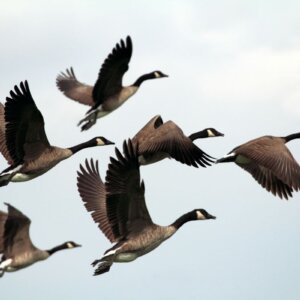
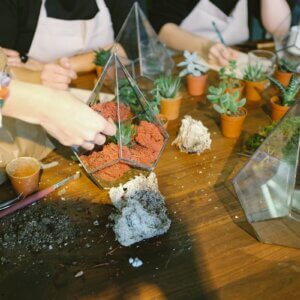
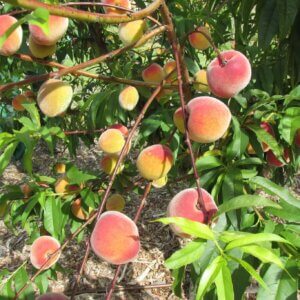

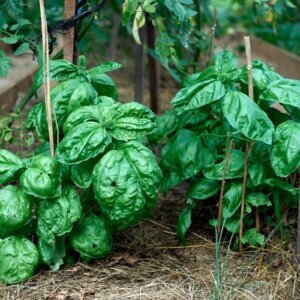
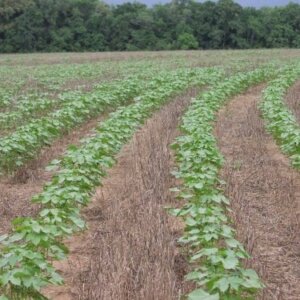

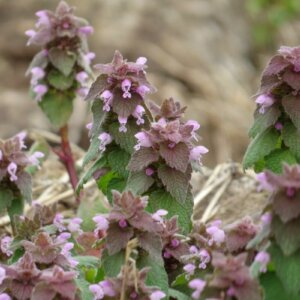
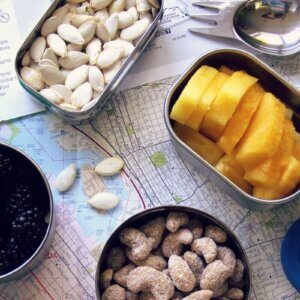
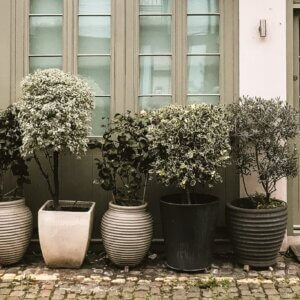
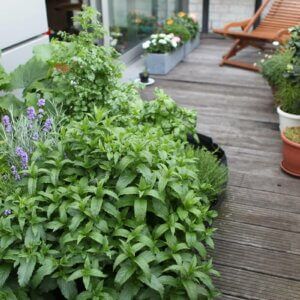
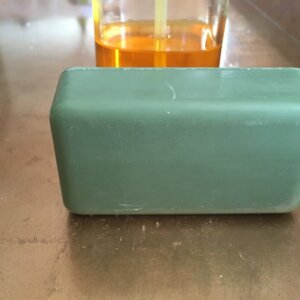
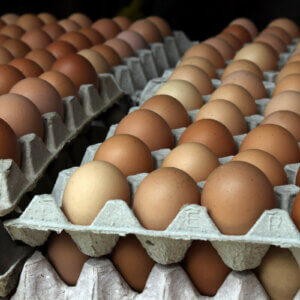
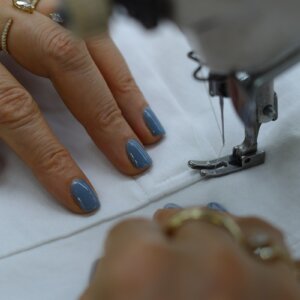
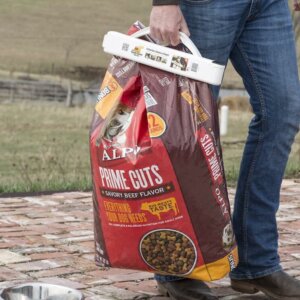
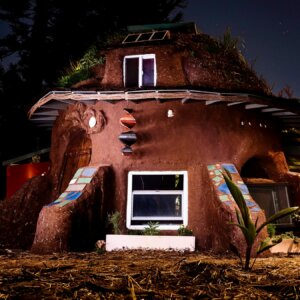
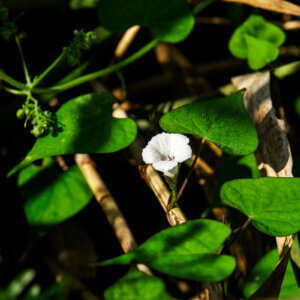
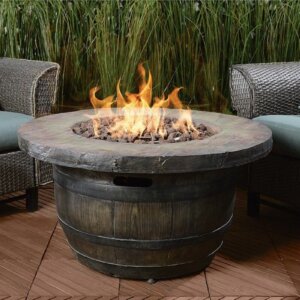

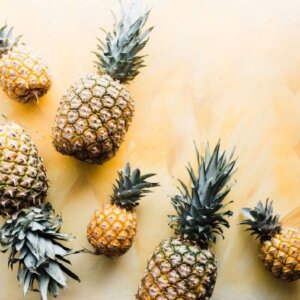
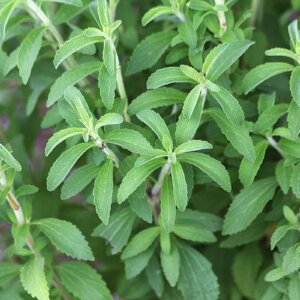
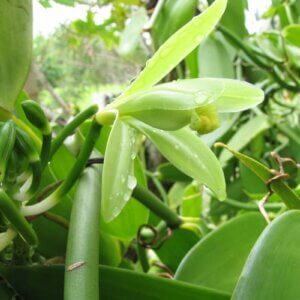
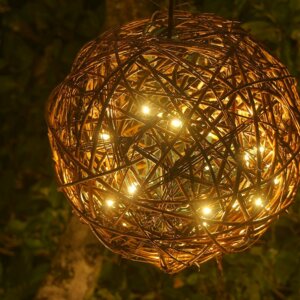

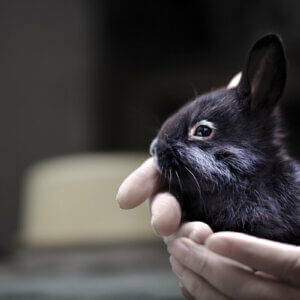
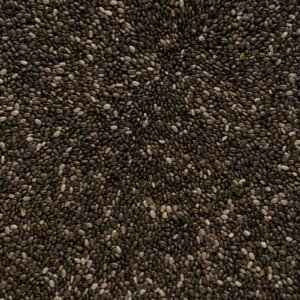

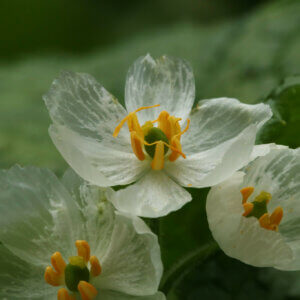


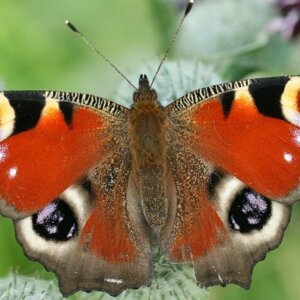
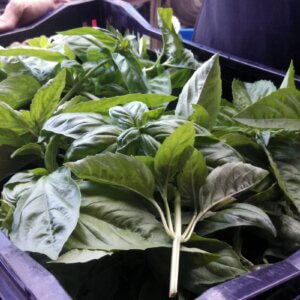
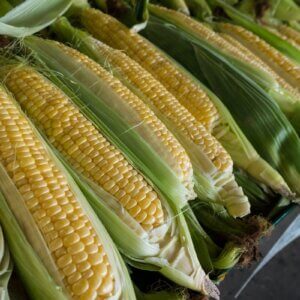
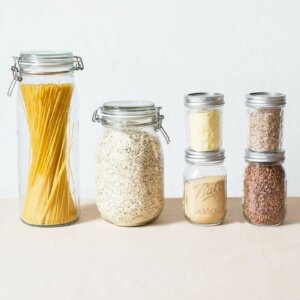
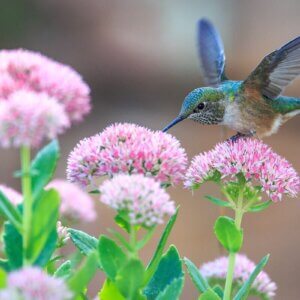
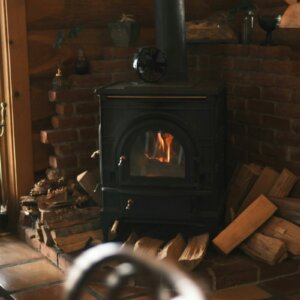

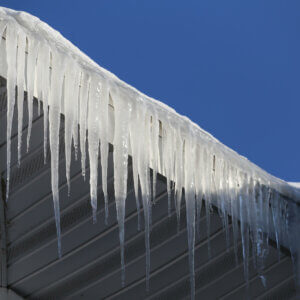
Leave a Reply